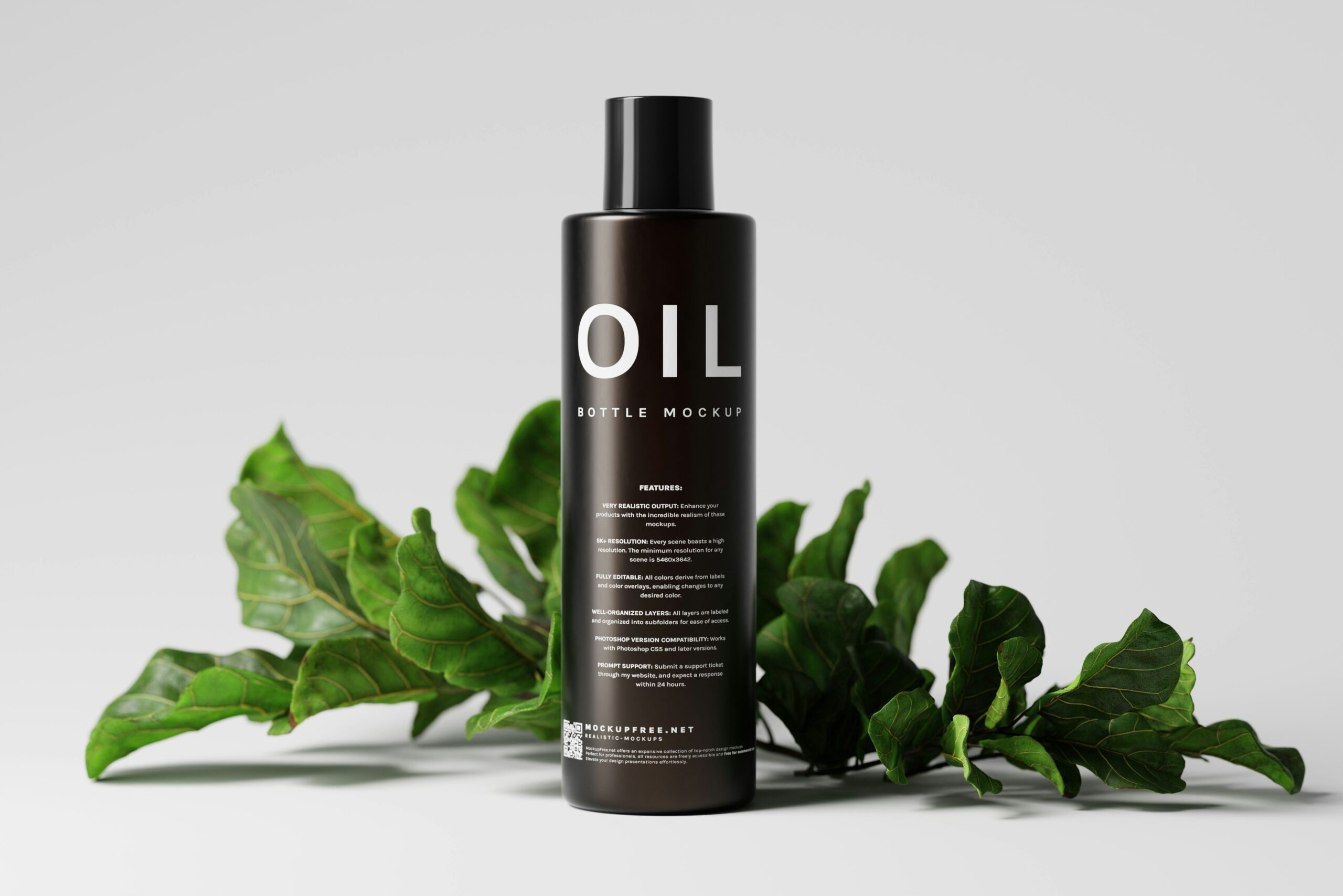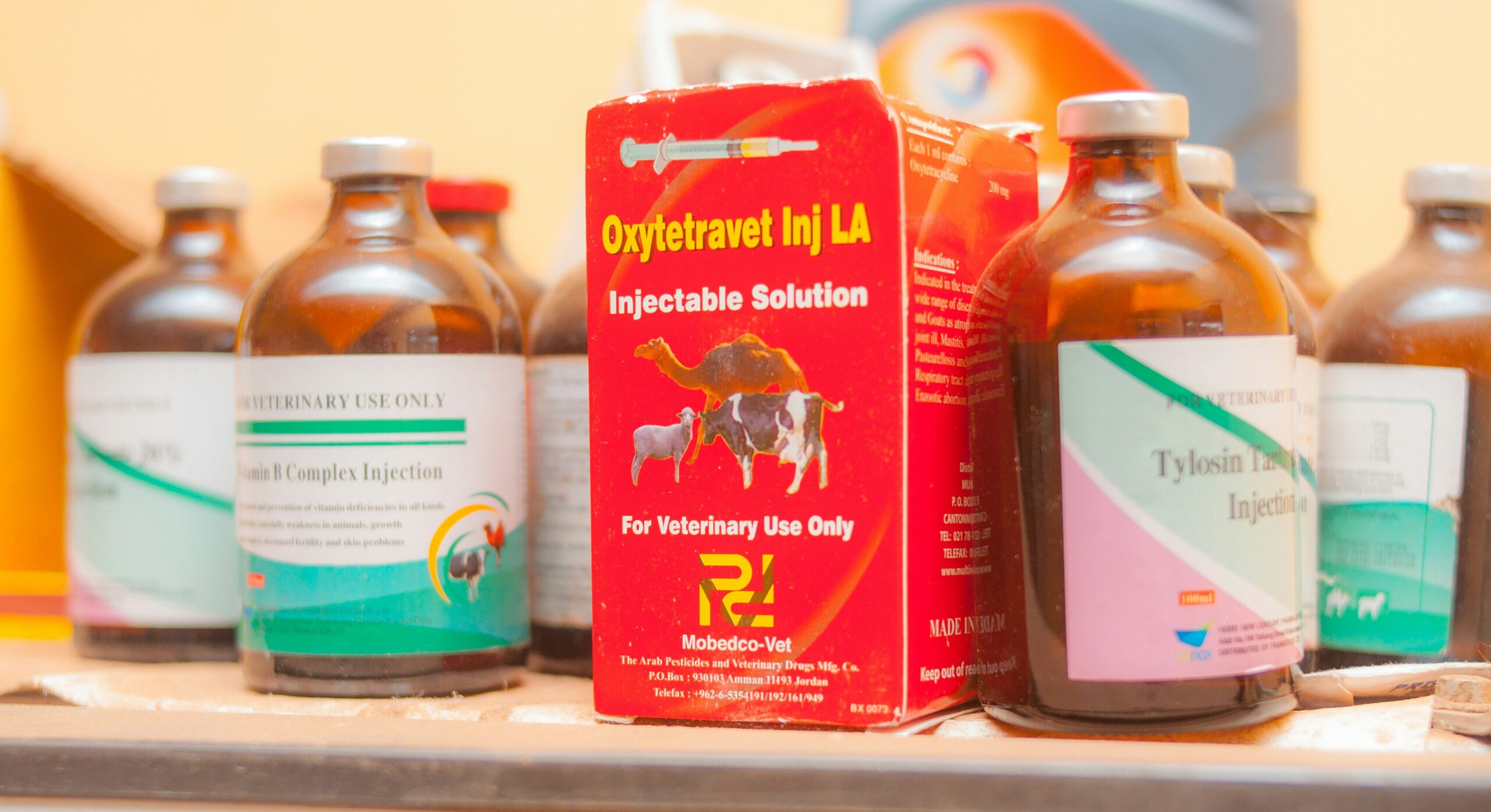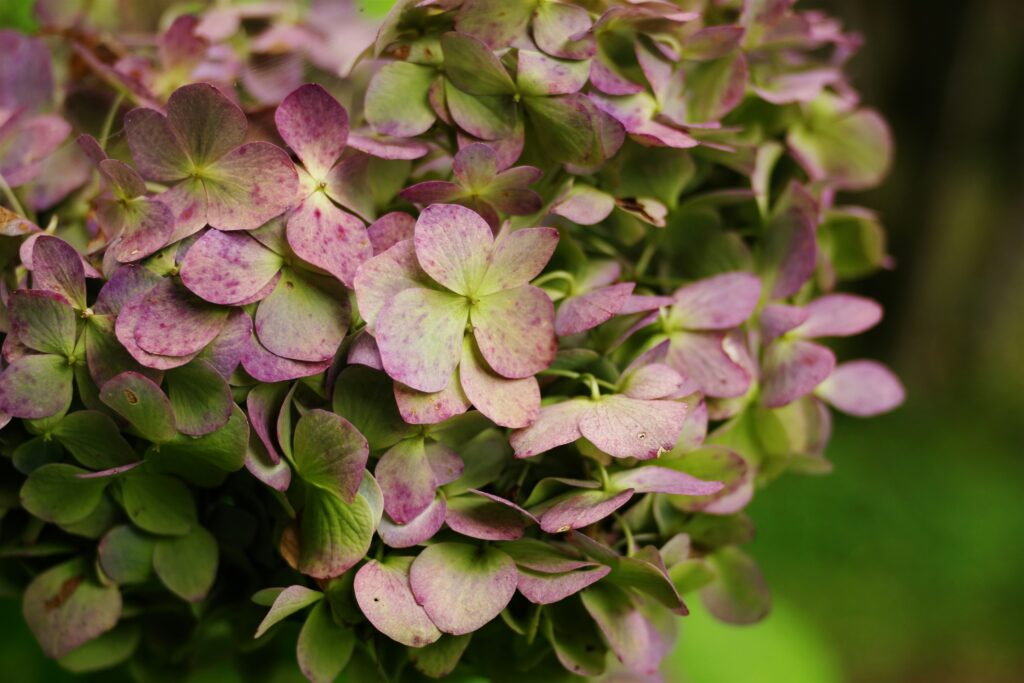Ever noticed your furry friend scratching like they’re auditioning for a doggy rock band? Yeah, allergic dermatitis is no joke. It’s one of the most common and frustrating skin issues pet parents deal with—itchy pups, endless vet bills, and that gnawing guilt every time you see them in discomfort. But what if turmeric could be the game-changer? Yep, we’re diving deep into how turmeric for allergic dermatitis can soothe your pet’s itchy woes while keeping their wag intact.
In this post, we’ll explore the *why* behind turmeric’s rise as a natural supplement star, the science-backed benefits for pets, step-by-step tips on introducing it safely, and real-life paw-fect stories from pet owners who’ve tried it. Plus, some brutally honest advice (spoiler: not all turmeric is created equal) and quirky nuggets because life—and SEO—needs balance. Let’s go!
Table of Contents
- Introduction
- Key Takeaways
- Section 1: Why Allergic Dermatitis Makes Life Miserable (and What Turmeric Has to Do With It)
- Section 2: How to Introduce Turmeric Safely Into Your Pet’s Diet
- Section 3: Best Practices for Choosing and Using Turmeric Supplements
- Section 4: Real Stories of Success with Turmeric
- Section 5: FAQs About Turmeric For Allergic Dermatitis
- Conclusion
Key Takeaways
- Turmeric contains curcumin, a powerful anti-inflammatory compound shown to help alleviate symptoms of allergic dermatitis in pets.
- Not all turmeric supplements are created equal—choose high-quality products designed specifically for pets.
- Introducing turmeric slowly and pairing it with black pepper or healthy fats enhances its absorption.
- Always consult your veterinarian before starting any new supplement regimen.
Why Allergic Dermatitis Makes Life Miserable (and What Turmeric Has to Do With It)
Allergic dermatitis isn’t just a seasonal nuisance; it’s an allergy-driven inflammation nightmare where your pet’s immune system overreacts to harmless triggers like pollen, dust mites, or food. The result? Itching so bad your poor pup might start looking like a patchwork quilt after excessive scratching. And trust us—it’s as painful for you emotionally as it is physically for them.
Now, enter turmeric—a spice you probably have sitting in your kitchen cabinet right now. Its active ingredient, curcumin, has been studied extensively in both humans and animals for its potent anti-inflammatory and antioxidant properties. A study published in the Journal of Veterinary Science & Technology suggests that curcumin works by reducing pro-inflammatory cytokines—essentially calming the storm raging under your pet’s fur.

Fig 1: That relentless itch can drive even the happiest dogs bonkers.
So why pick turmeric over other remedies? Unlike harsh topical treatments or prescription meds with side effects ranging from dry skin to liver damage, turmeric offers gentle relief without compromising long-term health. Chef’s kiss for pet wellness hacks.
How to Introduce Turmeric Safely Into Your Pet’s Diet
Optimist You: “I’m just gonna sprinkle turmeric on Fido’s kibble!”
Grumpy You: “Hold up there, cowboy. Slow your roll—or risk turning your dinner table into a yellow-crusted disaster zone.”
While turmeric is generally safe, dosing incorrectly can lead to diarrhea or stained furniture (#notworthit). Here’s how to do it right:
Step 1: Choose Quality Over Quantity
Look for pet-specific turmeric supplements or organic powder free of additives. Brands formulated explicitly for pets often include piperine (from black pepper), which boosts curcumin absorption.
Step 2: Start Small and Watch Closely
Begin with ¼ teaspoon mixed into wet food daily for small breeds. Gradually increase based on weight: about ¼ – ½ teaspoon per 10 pounds. Always mix with water, coconut oil, or broth to prevent clumping.
Step 3: Monitor for Adverse Reactions
Tail chases, vomiting, or zero enthusiasm toward mealtime? Dial back immediately. If unsure, call your vet. They know best!
Rant Section:
Don’t get me started on cheap knockoff turmeric powders sold online. One taste test later, and your sweet angel mutt will be giving you silent judgment eyes faster than my tamagotchi died when I forgot to feed it once upon a millennium.
Best Practices for Choosing and Using Turmeric Supplements
- Purity Matters: Avoid fillers, artificial flavors, or preservatives. Stick to pure turmeric or pet-safe blends.
- Pair Wisely: Combine with black pepper extract (piperine) or healthy fats like fish oil to maximize absorption.
- Dosage Guidance: Follow package instructions or your vet’s recommendations closely. Too much can upset tummies.
- Freshness Check: Store supplements away from light and moisture. Fresh smells robust, stale does not.

Fig 2: Mixing turmeric with coconut oil creates a tasty, bioavailable blend.
Bonus Tip:
Keep a journal tracking improvements in behavior, energy levels, coat shine, etc. It’ll make future vet appointments smoother—and earn you bragging rights when Furby bounces back stronger than ever.
Real Stories of Success with Turmeric
Case Study #1: Max the Boxer
Max was a chronic licker whose ears smelled worse than burnt popcorn. His owner, Sarah, switched him to a grain-free diet and added turmeric twice daily. Within weeks, his red rashes faded, and those stinky ears? Gone. Today, Max runs marathons around the backyard sans obsessive licking sessions.
Case Study #2: Bella the Siamese Cat
Bella hated flea treatments but loved digging her claws into raw spots caused by allergies. Enter turmeric capsules hidden in pumpkin puree. Her human reported reduced inflammation within three weeks and increased tolerance during grooming sessions. Translation? Happy kitty, happy household.
FAQs About Turmeric For Allergic Dermatitis
Can turmeric cure allergic dermatitis?
No cure exists yet, but turmeric helps manage symptoms effectively due to its anti-inflammatory nature. Think maintenance mode rather than miracle drug.
Are there risks associated with feeding pets turmeric?
Very few, provided proper dosage guidelines are followed. Side effects may include mild stomach upset or changes in stool color (fun fact: expect orange hues).
What should I look for in a quality turmeric supplement?
Pure ingredients, third-party testing certifications, and positive reviews matter most. Bonus points if it comes vet-recommended.
Conclusion
Turmeric for allergic dermatitis isn’t magic—but close enough. This humble spice packs serious punch against inflammation, making it ideal for easing your pet’s suffering. With careful sourcing, gradual introduction, and consistent monitoring, you can transform Fluffy’s incessant itching into full-blown blissful naps again.
Ready to upgrade your furry buddy’s self-care routine? Grab yourself some pet-grade turmeric today—and remember, always check with your vet first. Because while trendsetting treatments sound cool, nothing beats professional expertise.
Until next time, keep calm and turmeric on,
The Pawfectly Natural Blogger ✌️🐾
*Like planting pixelated carrots in FarmVille, steady effort yields results.*


